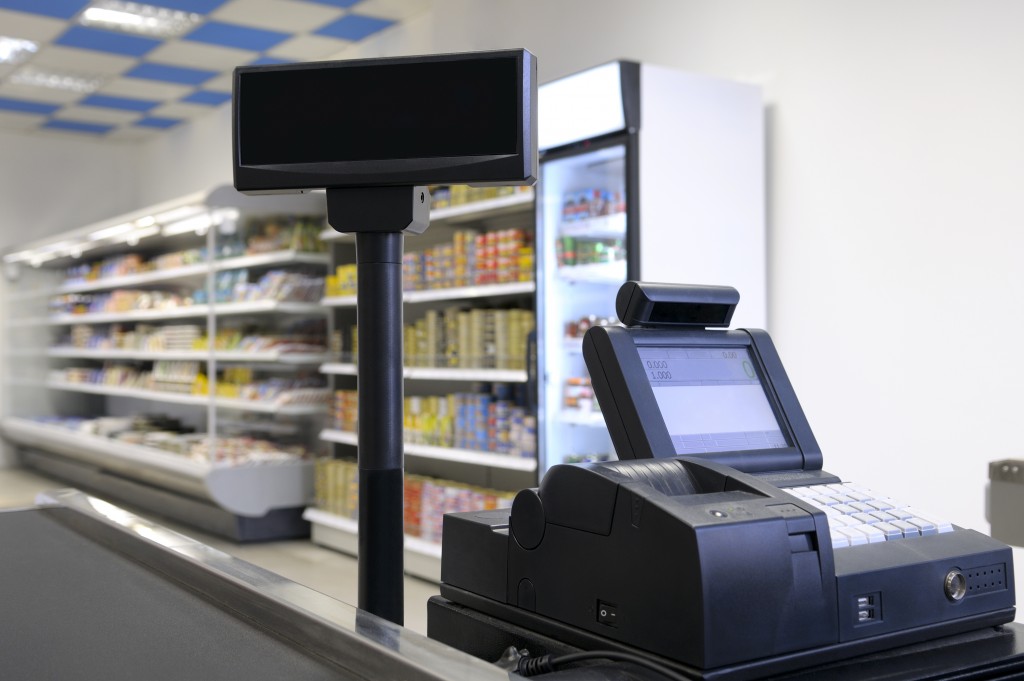• Leverage machine vision technology for automated inspection and quality control. You can identify contamination and inconsistencies before products reach the market.
• Use IoT sensors to collect data on temperature, humidity, pressure, etc., and use data analytics to identify potential problems.
• Implement blockchain technology to create a traceable supply chain that provides increased visibility.
• Incorporate robotics and automation into the pet food manufacturing process to minimize risks associated with human error and improve production efficiency.
• Regularly monitor and audit the production process for any potential issues or risks that need to be addressed.
In the continually evolving world of pet food manufacturing, ensuring the safety of four-legged friends and mitigating risks in the production process should be a top priority. With increasing recalls and growing demand for higher-quality products, business owners and stakeholders within the pet food manufacturing industry must adapt to the changes and leverage technology to minimize risks while maximizing product quality. In this blog, you will learn essential insights into how technology can play a pivotal role in minimizing risks in the pet food manufacturing industry. Read on to learn more.
Machine Vision
Machine vision technology uses cameras and specialized software to analyze images and make decisions about product quality. By automating the inspection process during pet food manufacturing, machine vision can easily identify foreign objects, contamination, and inconsistencies in the product. This enables manufacturers to detect and remove defective products before they reach the market, thus ensuring the safety of the end consumer – beloved pets.
IoT Sensors and Data Analytics
Internet of Things (IoT) sensors embedded within pet food manufacturing equipment can collect crucial data on temperature, humidity, pressure, and other factors that impact product quality.
By analyzing this data, manufacturers can identify potential problems and take corrective actions before they escalate into more significant issues. Additionally, data analytics can reveal patterns and trends that can further improve production efficiency and minimize contamination or equipment failure risks.
Blockchain Technology

Blockchain, a decentralized digital ledger system, can provide pet food manufacturers with improved traceability and transparency throughout the supply chain. Blockchain technology helps track ingredients, processes, and shipments in real-time, strengthening the organization’s ability to trace and resolve issues quickly.
This increased visibility into the supply chain can help minimize risks associated with product recalls, as companies are better equipped to pinpoint the source of potential contamination or product defects.
Robotics and Automation
Incorporating robotics and automation into the pet food manufacturing process improves production efficiency and minimizes risks associated with human error. Advanced robotics can execute repetitive tasks with improved precision, reducing the likelihood of mistakes that can lead to product recalls or contamination issues.
Additionally, robots can operate in environments that may be hazardous to humans, such as handling raw ingredients or heavy machinery, which reduces the risk of workplace accidents.
Proper Implementation of the Technologies
Now that you know the technologies that can help minimize risks in pet food manufacturing, it is important to understand how to implement them properly. Proper implementation of these technologies will ensure that the right processes are in place to yield the desired results. Here are the steps you need to take to achieve this:
Create a detailed risk assessment

The first step to implementing any technology is to create a detailed risk assessment. This should include assessing the risks associated with ingredients, production, distribution, and end-use in order to identify potential areas for improvement.
Implement processes that comply with regulations
The next step is to ensure that all processes are compliant with relevant regulations and standards. This includes adhering to food safety regulations, as well as implementing best practices for product quality, labeling, and traceability.
To ensure compliance, you should consider employing the help of professionals that specialize in the pet food manufacturing industry and can advise you on the best practices. For example, an automation, electrical, engineering, and power services company for pet food manufacturing can provide the necessary expertise to help you successfully implement the right technologies. They can also help you ensure that all processes meet the required standards and regulations.
Monitor and audit the production process
It is important to regularly monitor and audit the production process to ensure that all processes are operating correctly and that any issues or risks are identified and addressed quickly. This will help minimize potential risks associated with product recalls or contamination.
Invest in necessary upgrades
Finally, it is essential to invest in necessary upgrades and improvements to your production systems and processes. This includes investing in the right equipment, developing appropriate protocols, and ensuring that all staff are properly trained on the new technologies and processes.
Leveraging technology is essential for pet food manufacturers to minimize risks and ensure product quality. By creating a detailed risk assessment, implementing processes that comply with regulations, monitoring and auditing the production process, and investing in necessary upgrades, you can successfully implement the right technologies to mitigate these risks while ensuring your four-legged friends get the best products available. With proper implementation of these strategies and technologies, pet food manufacturers can maximize safety while minimizing costs associated with recalls or contamination issues in their products.

